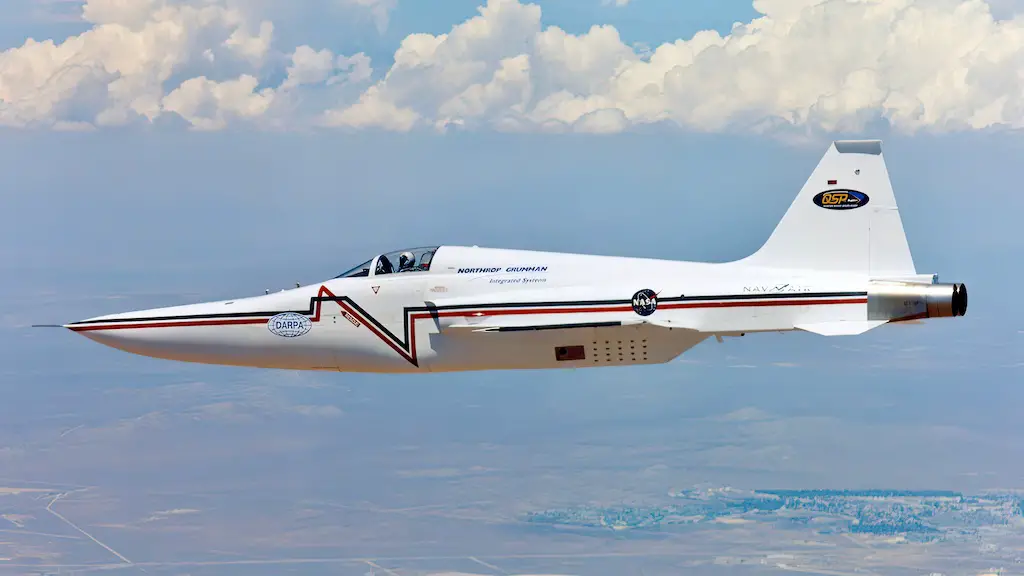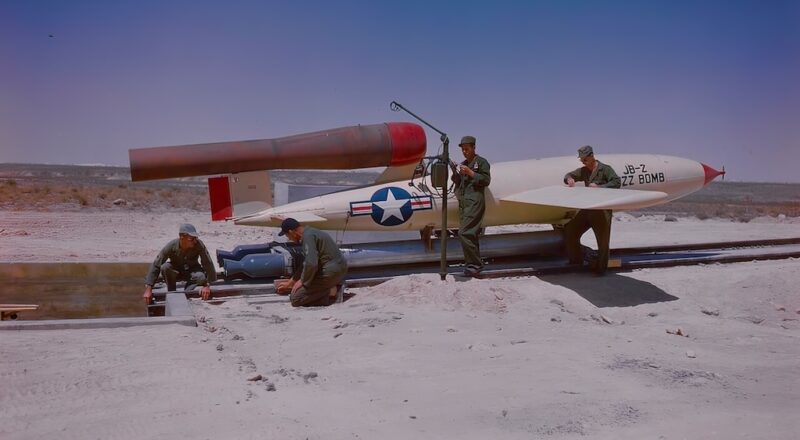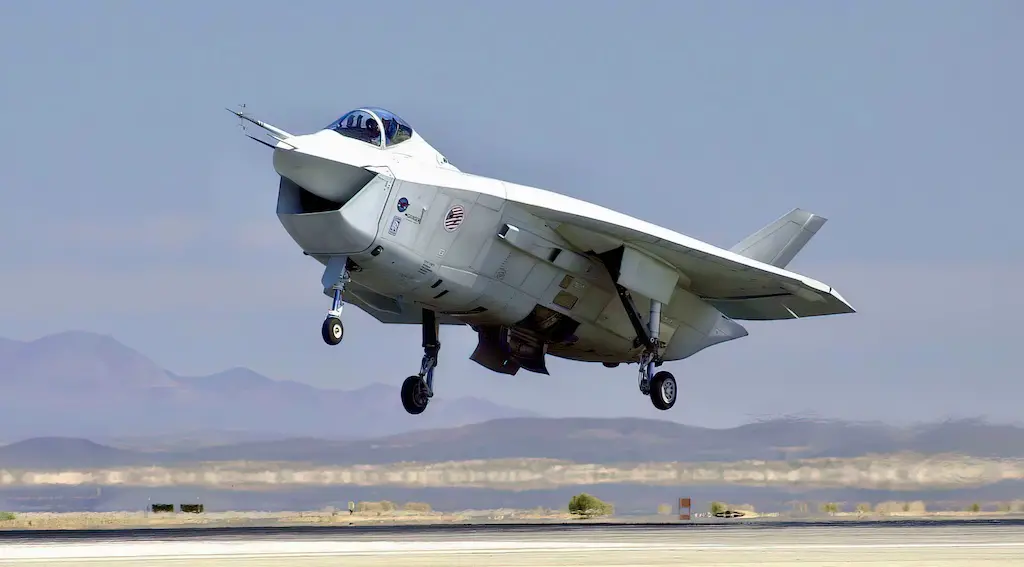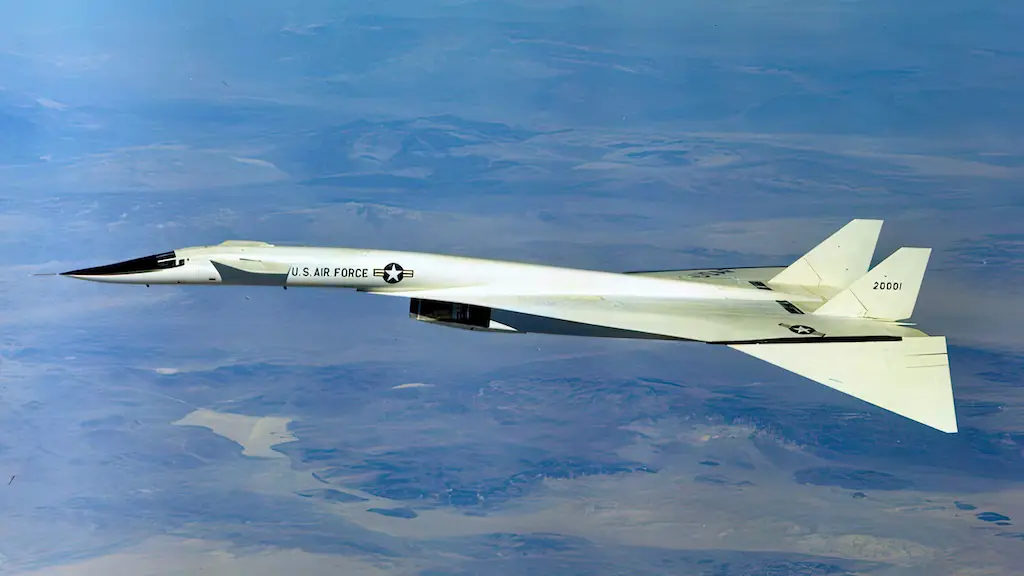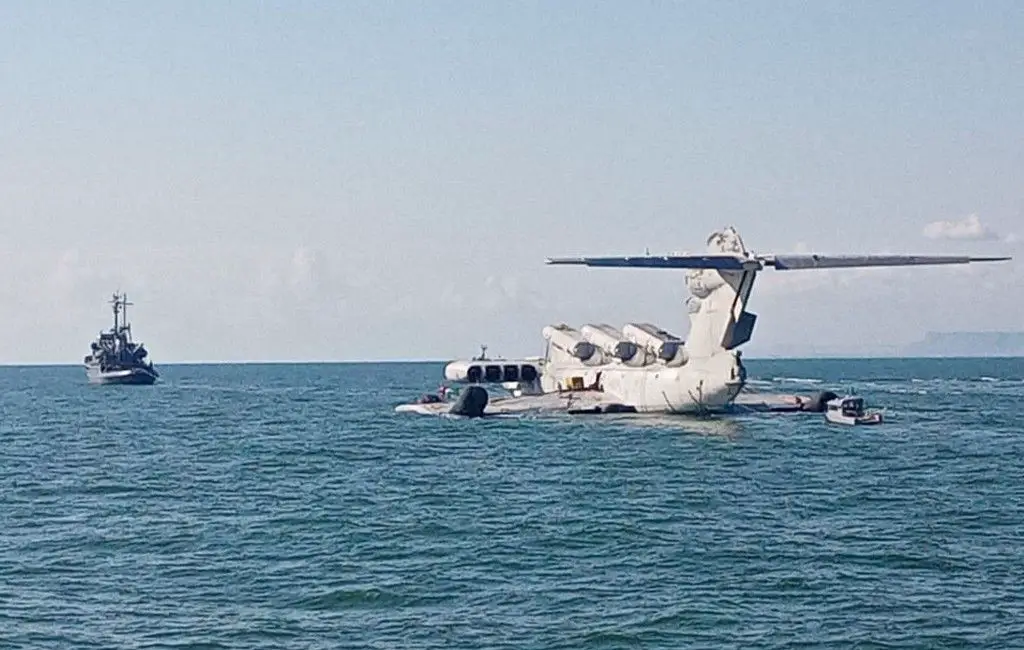A monster?
The cold war and the arms race that was part of it had led to the creation of very exotic weaponry, intending to give the adversaries an edge in a conflict. One of such inventions was the Soviet MD-160, dubbed the “Caspian Sea Monster” for its menacing size.
It is certainly hard to categorize MD-160 as either a ship or a plane because it is both. It becomes airborne when “moving” but does not climb too high and does not need to; its purpose is to move fast. And it archives this by eliminating friction with the ground or, in this case, with water. Simply put, it hovers. Still, the International Maritime Organization (IMO) classified it as a ship. An “Amphibious Vehicle” would perhaps be more appropriate.
A considerable amount of money and effort must have been used to create this ship, so the Soviets must have had some justification to create it. While it did have missiles which gave it some fighting capability, its primary role was to be a transport ship.
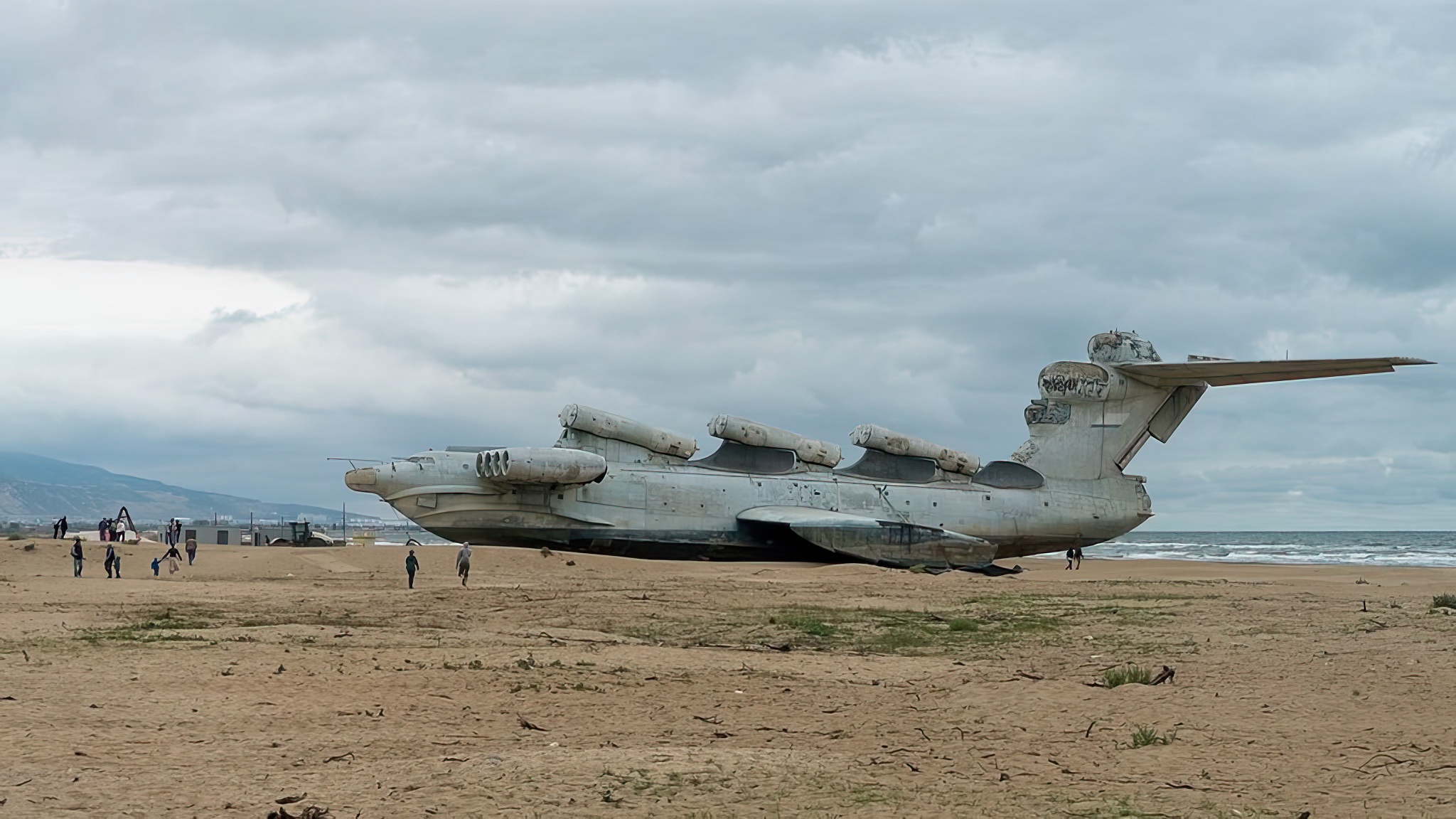
It could reach speeds of up to 550 km/h, which means that the soldiers would cross the Caspian sea and reach Iran in less than half an hour. Now a fleet of these would guarantee an overwhelming presence of troops at any given location on the shores of the Caspian. This raises another question.

Why the Caspian Sea?
4 out of 5 countries that had access to the Caspian Sea were soviet Republics, with Iran being the only country against which such ships could be used offensively. They could still use them defensively to move troops around during a conflict in the Caspian.
And yet it still would be appealing to have it in the black sea, with NATO members on its shores and a proper sea connected to the ocean, unlike the Caspian, which is technically a lake. It is possible that the Soviets feared that they would be putting their new ships too close to the Nato planes and ships which patrolled the Black Sea. Giving them a nice view of their latest weapon, revealing too much which would lead to the West developing similar ships.
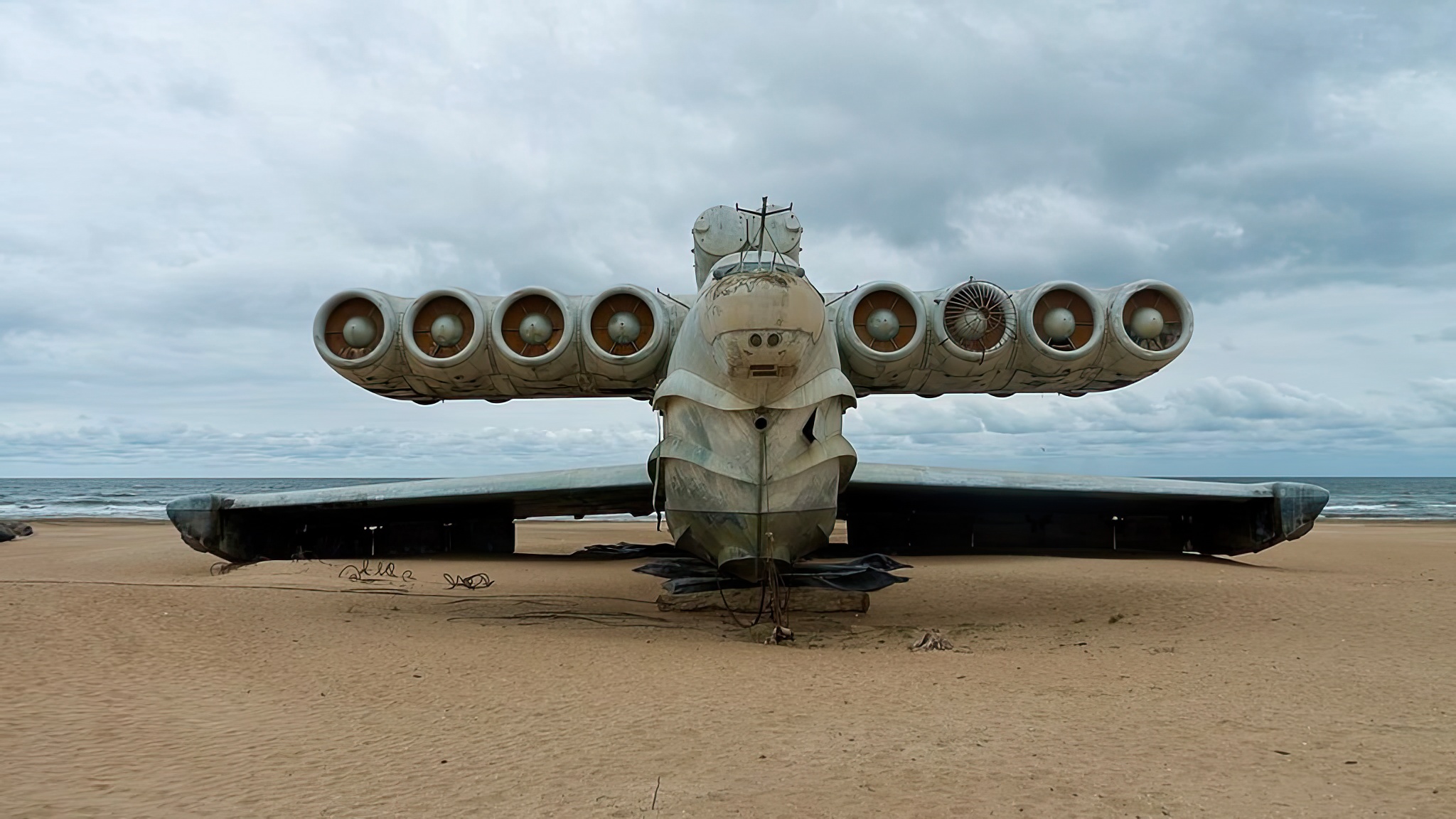
Good performance
But a more logical explanation lies in the weakness of MD-160 and similar projects, which is why they didn’t go mainstream. The ship performed well when the sea was calm and provided a flat bad for the ekranoplan to glide on, but it struggled with high waves, and it was downright dangerous to operate during storms. So while it did well enough in the calm Caspian Sea, operating it in the Black Sea would not be possible.

In the end, the Soviet Union had a ship that they could only use in the Caspian, and it already dominated most of the sea. Hence, the practicality of the ship was questionable, to say the least, leading to the project becoming permanently abandoned.


